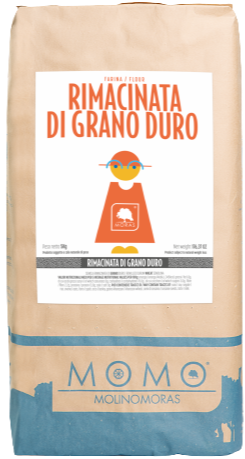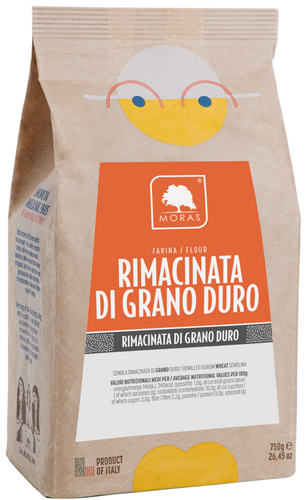


Durum Wheat Semolina
Durum wheat semolina, obtained from a second milling and with a finer granulometry. Ideal for fresh pasta , bread, pizza and focaccia.
€13,50
You might also like





